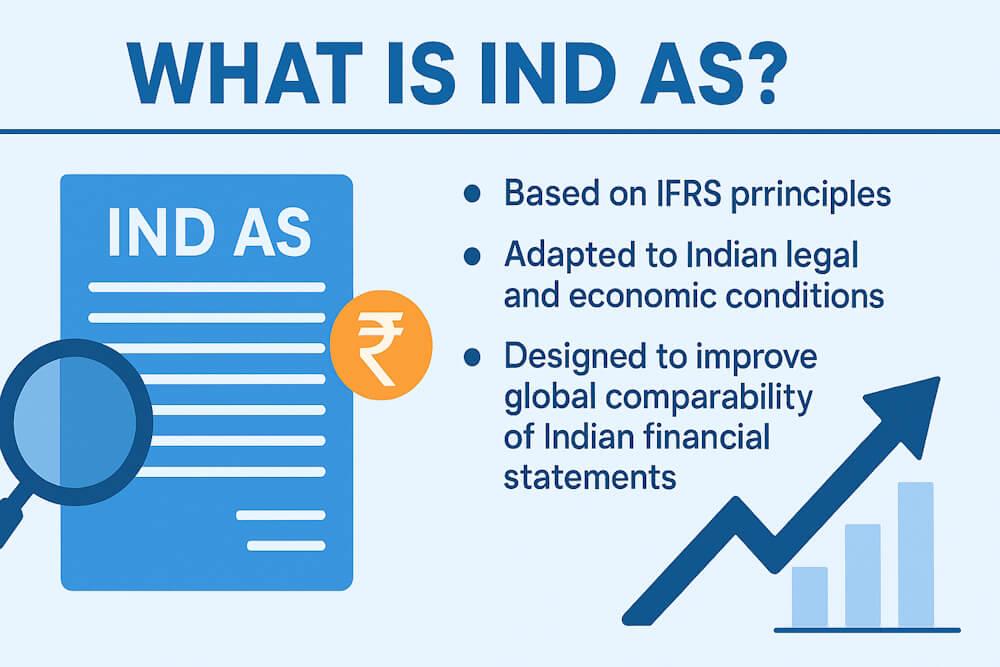Why do we evaluate and what do we want to know? When do we do it, and who takes part?
Below is a brief introduction to evaluation in the context of youth work and the Youth in Action Programme.
1. Why?
- The main focus of evaluation is to ascertain whether the overall outcomes or positive changes resulting from any given activity, programme, or policy have been achieved.
- This information can be important for a number of different reasons, including: Measuring impact Justifying investment of resources Developing and improving activities in the future
This section gives you some information and guidance on what to consider when thinking about evaluation in international youth work.
2. What?
Different elements have an impact on the success of an activity or event, including:
- Group atmosphere and dynamics
- The aims and objectives
- The way the topic is addressed
- The methods introduced
- Accommodation and other logistics
Here are some key areas to consider when planning your evaluation:
Aims and Objectives
Within SALTO:
- An aim is a long-term goal or purpose (i.e. the reason why we are delivering the activity/event).
- An objective is a measurable, observable behaviour (i.e. what we need to do to reach our aim).
Setting clear aims and objectives from the outset helps you evaluate outcomes effectively.
Learning Outcomes
Key questions to consider:
- To what extent did learning take place?
- What did the participants learn?
- How did it affect their work?
- What was implemented as a result of the activity?
- Which methods were productive and which were not?
- What would you change in future courses?
These questions should be guided by your initial aims and objectives.
Practicalities and Resources
- How did participants find the practical arrangements and logistics for the activity?
- Were there adequate resources, and how were these utilised?
This helps determine whether the organisation, location, and logistics of the activity were appropriate and successful.
Teamwork and Partnership
Primarily for organisers, this helps assess:
- What worked well among stakeholders/partners
- What didn’t
- What each person or organisation contributed to the organisation and delivery of the activity
Who?
Evaluation information can be used by various people and organisations (stakeholders) involved in the activity. For example, in a Youth in Action activity, stakeholders might include:
- The European Commission
- National Authorities
- National Agencies
- Trainers
- Participants
- Local communities
Evaluation information is used to:
- Measure the impact and results of the event/activity
- Help develop and improve quality in future events/activities
- Justify the investment of resources
- Provide participants with an example of evaluation in action
It’s important to collect data that is credible, useful, and relevant to all involved stakeholders.
3. When?
Evaluation is an ongoing process and should be built into the entire life cycle of an activity:
Pre-Activity Evaluation
- Happens in the planning stage
- Involves setting aims and objectives
- Development of an evaluation plan
Ongoing Evaluation
- Takes place during the activity
- Can include mid-activity evaluations or reflection groups
- Allows for real-time adjustments based on participant needs and progress
End of Activity Evaluation
- Conducted once the activity is finished
- Measures participant perceptions, learning outcomes, logistics, and other practicalities
Follow-Up Evaluation
- Occurs after the activity
- Measures long-term impact and personal/professional learning outcomes
- Explores how participants have applied what they learned
4. Basic Types of B2B Transactions and Activities
Business-to-Business E-Commerce (B2B EC)
- Refers to transactions between businesses conducted electronically via: Internet Extranets Intranets Private networks
Also known as:
- eB2B (Electronic B2B)
- B2B





